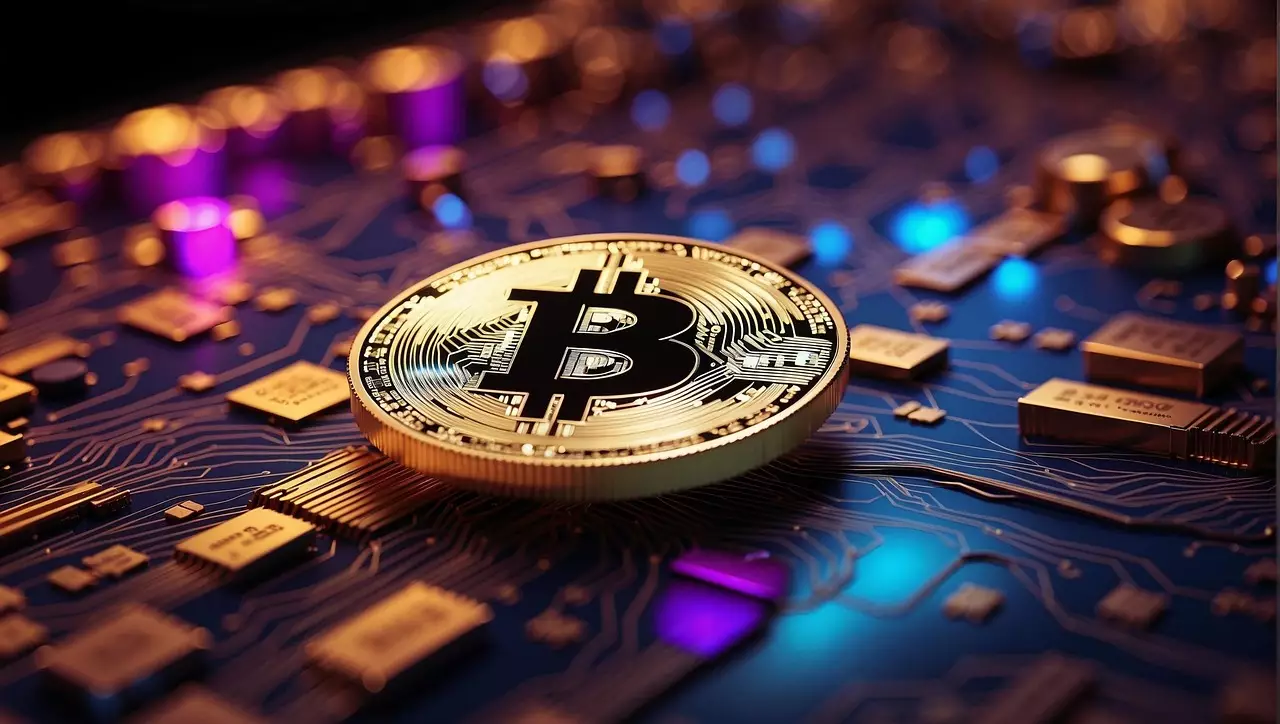Bitcoin, the flagship of digital assets, is once again perched on the precipice of what many hope will be a definitive breakout. Market analysts are obsessively watching a critical resistance level near $116,000—an arbitrary number to some, yet a psychological barrier that could determine Bitcoin’s trajectory for months to come. With recent movements, Bitcoin’s price has displayed an almost theatrical dance of highs and dips, fueling both optimism and skepticism among investors. The pressing question is: is this just another false dawn, or are we witnessing the early stages of a seismic shift? The truth is, markets like crypto are inherently unpredictable, and even the most detailed technical analyses fail to account for unforeseen shocks—be they macroeconomic surprises, geopolitical tensions, or regulatory crackdowns.
The Power Struggle of Market Sentiment and Technical Resistance
Much of the current enthusiasm stems from technical signals, such as Bitcoin’s ability to retake support levels above $109,000 after recent dips. Analyst Donny Dicey’s insights suggest that once Bitcoin breaches the $116,000 threshold convincingly, it could rapidly advance toward $126,000 or even higher. However, what is often overlooked in these scenarios is the emotional and behavioral tendencies of market participants—particularly the whales and institutional players. Larger investors may claim they are in for the long haul, but history suggests they are equally adept at extracting liquidity at the right moment. The sentiment that Bitcoin is on the cusp of a breakout may be true in technical terms, yet it could be just as easily a trap for retail investors who overreact to fleeting bullish signals. Their collective optimism can turn into capitulation just as swiftly as it ignited, leaving late entrants holding the bag.
The Macro Environment: A Double-Edged Sword
Macro factors are arguably more critical to Bitcoin’s fate than technicals. Dicey emphasizes the macroeconomic environment is supportive of risk-on assets, citing dovish signals from the Federal Reserve, easing global trade tensions, and improving manufacturing data. These factors underpin a narrative of confidence in the economy, which, paradoxically, can both bolster and hinder Bitcoin. On one hand, economic stability and growth can increase appetite for alternative assets like Bitcoin. On the other, a resilient traditional economy and rising interest rates might divert capital away from risk assets, including cryptocurrencies, leading to sharp reversals. Moreover, the supposed “lessening” of US-China tensions, while positive, can be a temporary respite rather than a lasting peace, reminding investors that geopolitical risks are fluid and often unpredictable.
The Disconnection from Mainstream Adoption and Retail Enthusiasm
One of the most critical points of analysis is that, despite Bitcoin’s technical and macroeconomic tailwinds, broad market participation remains subdued. Institutional interest, ETF inflows, and growth in sectors like artificial intelligence provide essential support, but they are not enough to ignite widespread retail enthusiasm. Retail investors tend to be herd-like in their behavior, and their participation often hinges on emotional sentiment rather than fundamentals. The cautious stance of retail traders, combined with the persistent belief in the “four-year cycle,” contributes to a phase of stagnation that could be crucial for building a stronger rally later. As Dicey mentions, the lack of significant rotation into BTC from traditional assets implies that the current rally has yet to reach its full potential. This reluctance could, paradoxically, be the market’s way of coiling energy before an explosive movement that catches even the most seasoned traders off guard.
The Reality of Uncertainty and the Danger of Overconfidence
In all these analyses, a glaring theme emerges: Bitcoin’s future is as much a product of collective belief as it is of fundamental strength. The price structure appears “unstoppable” during moments of euphoria, yet this very confidence is what makes it vulnerable to swift reversals. The market’s fundamental support may be genuine, but if history has taught us anything, it is that optimism can be as fragile as it is fervent. Whales and institutional investors might be positioning themselves to maximize gains, but they are also prime players ready to turn liquidity into a last-minute exit if the narrative turns sour. The ongoing macroeconomic landscape, coupled with subdued retail participation, suggests that Bitcoin’s next move could either be a major breakthrough powered by real demand or a spectacular disappointment fueled by overconfidence and impatience.
In essence, Bitcoin remains a complex mosaic of technical resilience, macroeconomic influences, and human psychology. Its next big move—whether up or down—will likely depend less on charts and more on how investors collectively interpret and react to the rapidly changing global environment. As center-right liberals, we can acknowledge the potential for Bitcoin to act as a hedge and a store of value, but we must remain critically aware of the very real risks that accompany its volatile nature. Overestimating its near-term prospects based solely on technical signals risks falling prey to collective hype that may not materialize, leaving latecomers with substantial losses. The path forward for Bitcoin is shrouded in uncertainty, and prudence demands we approach these bullish claims with cautious skepticism, ready to adapt as the market reveals its true intentions.

